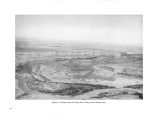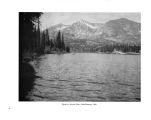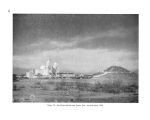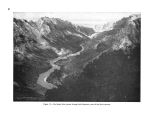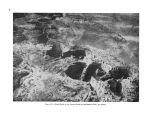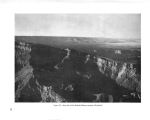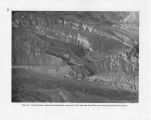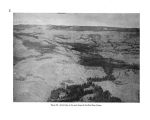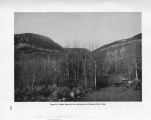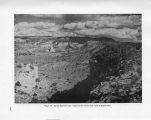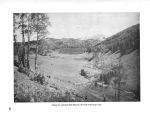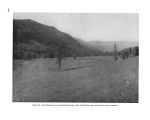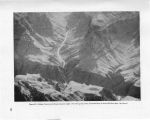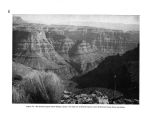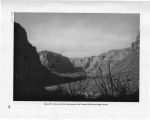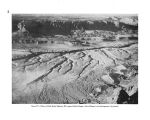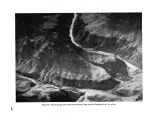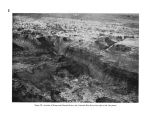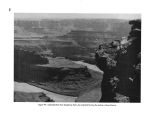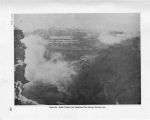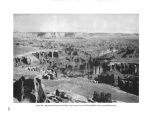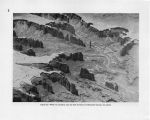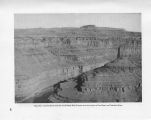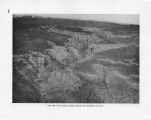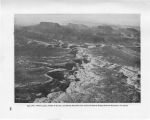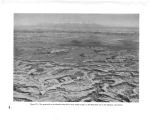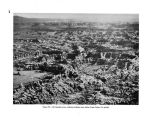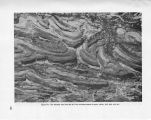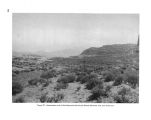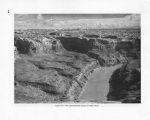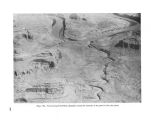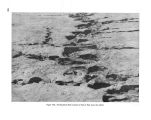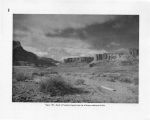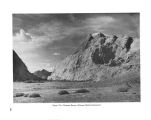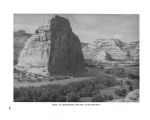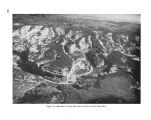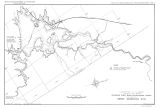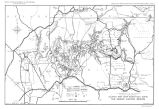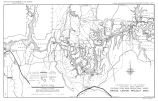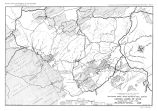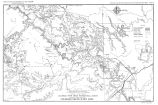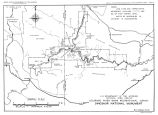| OCR Text |
Show canyons. Meriwitica Canyon is of special interest for, according to tradition, it is the original home of the Hualpai Indians. Between Spencer Canyon and the Grand Wash Cliffs the high points on the rim of the canyons offer views of canyon scenery as rugged, colorful, and interesting as any part of the Grand Canyon. North of the river the region is divided into a series of canyons and plateaus. East of Kanab Canyon is the high, pine- covered Kaibab Plateau. Between Kanab Canyon and Toroweap Valley on the west is the comparatively uninteresting Kanab Plateau. However, from the rim of this plateau as at Boysag Point, Kanab Point, and Toroweap Point, there are marvelous views of the Grand Canyon. West of the gently sloping 3- mile- wide Toroweap Valley are the Pine Mountains, a series of forest- covered volcanic cones striped by large lava flows. West of the Pine Mountains are the spectacular Whitmore Wash and Parashont Canyons. Beyond them is the Shivwits Plateau, a green peninsula in the sky flanked by brilliantly colored deserts and canyons. The Toroweap- Whitmore Wash area, including the Pine Mountains and Parashont Canyon, is the most outstanding section west of Kanab Canyon. Here are the great faults, evidences of volcanic activity, pine forests and desert vegetation, springs, deep narrow canyons, and color. The recreational value of the Shivwits Plateau is primarily in the fine views of the Grand Canyon from the rim and its remote wilderness character. However, the views are not unlike those obtained from the east rim of the Grand Canyon above Diamond Creek, and the high points along the latter rim are about 300 feet higher than Mount Dellen- baugh, the highest point on the Shivwits Plateau. LANDS AND AGENCIES INVOLVED All of the Grand Canyon is within areas now administered by the Federal Government through the Bureau of Indian Affairs, the National Park Service, the Fish and Wildlife Service, the Bureau of Reclamation, and the Bureau of Land Management, all of which are in the Department of the Interior, and the Forest Service of the Department of Agriculture. The eastern side of the canyon between Lees Ferry and the Little Colorado River is part of the Western Navajo Indian Reservation. From Lees Ferry to Nankoweap Canyon, the west side of the canyon is partially in the Kaibab National Forest and partially public domain. Grand Canyon National Park includes all of the canyon from Nankoweap Canyon and the Little Colorado River to Tapeats Creek. From the west side of Tapeats Creek Canyon to the west rim of Kanab Canyon, the area north of the river is part of the Kaibab National Forest. On the south side, Grand Canyon National Park extends west to include Havasu Canyon. Grand Ganyon National Mounment lies between Grand Canyon National Park and Lake Mead Recreational Area, the greater portion being north of the river. Lake Mead Recreational Area adjoins the southern portion of the monument on the west. South of the river, the Hualpai Indian Reservation extends from National Canyon almost to the Grand Wash Cliffs. Lake Mead Recreational Area overlaps the Hualpai Indian Reservation to include most of the Grand Canyon south of the river which is within the reservation. BUREAU OF RECLAMATION PROPOSALS Bridge Canyon Dam and Reservoir.- Nineteen miles northwest of Peach Springs, Ariz., in the seldom- visited western half of the Grand Canyon, the Bridge Canyon Dam may some day rise to the towering height of 740 feet above bedrock if the present plans of the Bureau of Reclamation are carried through. Exceeding Hoover Dam in height, this dam would in turn be dwarfed by the canyon. Though the dam would raise the water 672 feet to a maximum elevation of 1,876 feet above sea level, the multicolored canyon walls would tower more than 4,000 feet above the fiord- like lake. The quiet water of the lake thus created would extend upstream 93 miles to within a tenth of a mile of the mouth of Kanab Creek. At normal water surface elevation 1,866 feet, it would extend to within four- tenths of a mile of Kanab Creek. The minimum surface elevation of the reservoir would be 1,645 feet. Bridge Canyon Dam is proposed primarily for the generation of power. Coincidental with the construction of the Bridge Canyon Dam woidd be the construction of the Coconino Dam on the Little Colorado River 49 miles upstream from the 122 |




























